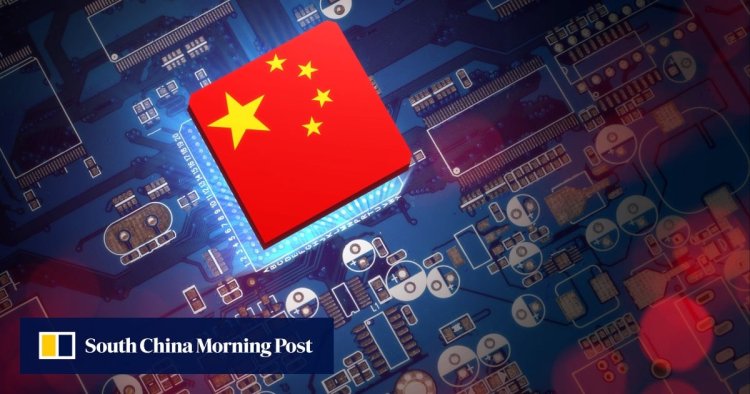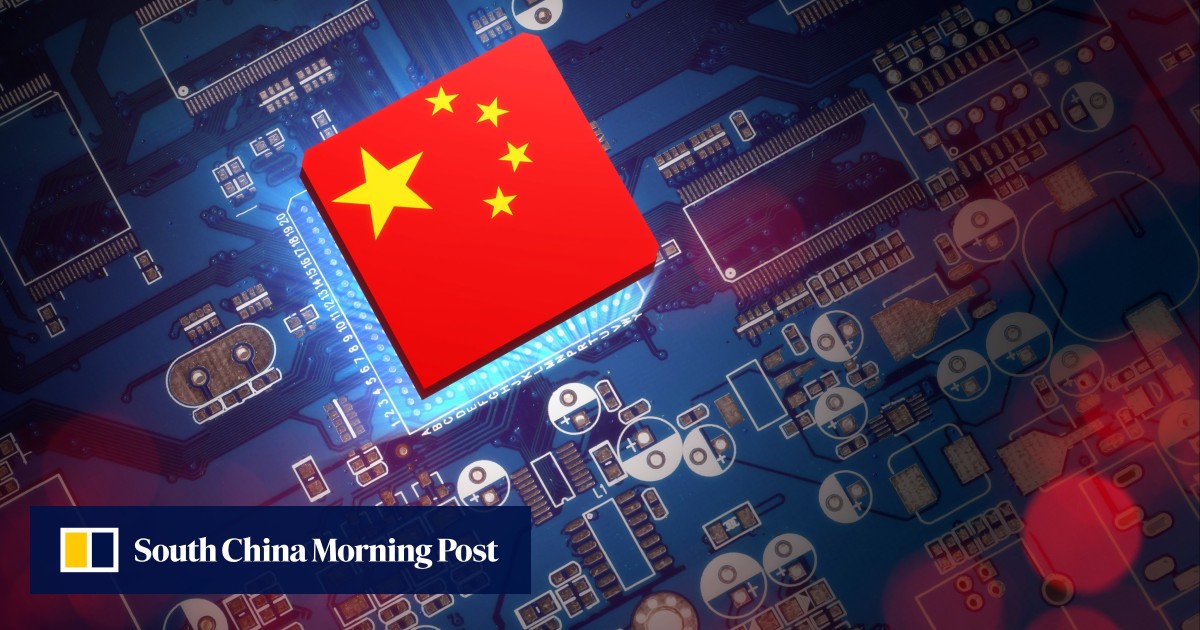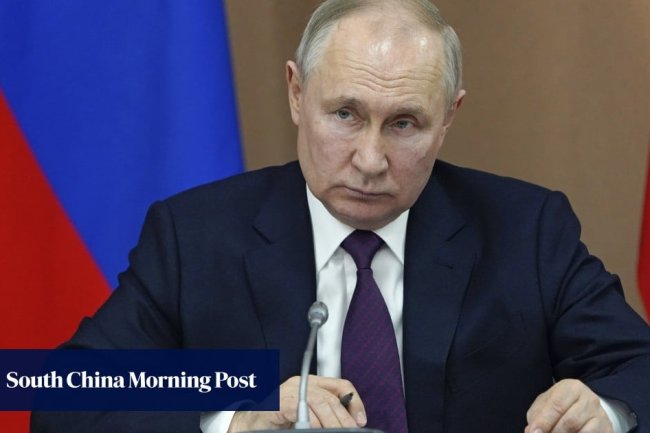Japan’s chip export controls are a major concern for China’s self-sufficiency campaign, analysts say
2023.05.31 22:30It is little surprise that Beijing is urging Japan to end its planned export controls on semiconductor technology, with China’s chip sector set to come under huge pressure from Tokyo’s growing cooperation with the US on trade restrictions, analysts say.Under Japanese measures slated for July, domestic companies will need a licence to sell 23 types of chip-manufacturing technology to a foreign country, including cleaning, deposition, lithography and etching equipment. This follows an agreement by the US, Japan and the Netherlands to limit the export of advanced chip-making equipment to China.Brady Wang, a semiconductor analyst with market research firm Counterpoint Research, said Tokyo’s alignment with the US and the Netherlands will be particularly damaging as China seeks to source new semiconductor equipment that can be used to produce more advanced chips.“China currently has the capability to produce chips at 14-nm, however, its capacity is very limited,” said Wang. “


It is little surprise that Beijing is urging Japan to end its planned export controls on semiconductor technology, with China’s chip sector set to come under huge pressure from Tokyo’s growing cooperation with the US on trade restrictions, analysts say.
Under Japanese measures slated for July, domestic companies will need a licence to sell 23 types of chip-manufacturing technology to a foreign country, including cleaning, deposition, lithography and etching equipment. This follows an agreement by the US, Japan and the Netherlands to limit the export of advanced chip-making equipment to China.
Brady Wang, a semiconductor analyst with market research firm Counterpoint Research, said Tokyo’s alignment with the US and the Netherlands will be particularly damaging as China seeks to source new semiconductor equipment that can be used to produce more advanced chips.
“China currently has the capability to produce chips at 14-nm, however, its capacity is very limited,” said Wang. “Given further exertions from the US and Japan, I don’t believe they will have the capability to increase their capacities in 20-nm and below [nodes].”
A nanometre is a common measurement used to classify semiconductor industry technology, with fewer nanometres generally meaning more advanced technology. South Korea’s Samsung Electronics and Taiwan Semiconductor Manufacturing Co announced the production of 3-nm chips in 2022.
Currently, the largest companies that sell equipment used to produce cutting-edge chips are in the US, the Netherlands and Japan, such as US-based Applied Materials, the Netherlands’ ASML and Japan’s Tokyo Electron. According to UN Comtrade data, Japan was the top exporter to China of semiconductor manufacturing equipment in 2022.
Japan woos global chip makers as G7 moves to cut China exposure
However, Brady said that the precise impact from Japan’s export control measures remains to be seen, with time still remaining for China and Japan to work out some exemptions. The US Department of Commerce gave South Korea’s SK Hynix and Samsung one-year exemptions on existing export controls, which are set to expire in October.
Japan, similar to the Netherlands, has not explicitly referenced China in its export control announcements. Instead, Tokyo officials have said that the exports fall under the Foreign Exchange and Foreign Trade Act, which regulates the export of Japanese weapons and other goods that can be converted into military applications.
Still, Chinese officials and some experts have seen Japan’s plans as a signal that Tokyo is following the US lead in the semiconductor trade war, placing long-term strategic rivalry over short-term economic cost.
At the Asia-Pacific Economic Cooperation conference in Detroit last Friday, which included members from 21 economies in the Pacific Rim, Chinese Commerce Minister Wang Wentao reportedly opposed Japan’s export curbs. A statement from the minister on Monday called the policy a wrongful practice that “seriously damaged” international economic and trade rules and seriously damaged the foundation of industrial development.
Meanwhile, at the conference, Japan’s Minister of Economy, Trade and Industry Yasutoshi Nishimura and his US counterpart Gina Raimondo agreed to further boost cooperation on the development of the world’s next-generation of semiconductors.
A joint statement released by Japan’s ministry and the US commerce secretary on Monday said they would encourage semiconductor research centres of the two countries to work together in creating a road map for the development of technology and human resources associated with chips.
The agreement also followed a three-day G7 Summit held in Hiroshima earlier in May, in which Japan and US officials agreed to “de-risk” rather than “decouple” from China’s economy, emphasising semiconductor supply chain security.
Asked about Japan and the US’s cooperation agreements on Monday, Chinese foreign ministry spokeswoman Mao Ning said “it is China’s consistent belief that the cooperation between countries should not target any third party, and we oppose putting up exclusionary blocs and engaging in discriminatory and exclusive cooperation”.
While Japan’s controls could restrict some sales by major Japanese companies such as Nikon, and Tokyo Electron, Trade Minister Nishimura has stated that they will have a limited impact on domestic corporate earnings.
In an earnings report in March, Tokyo Electron said about 24 per cent of its sales in 2023 came from China, a decrease of 2 per cent from the previous year. However, the company expects that sales in China will exceed 30 per cent in 2024 due to the growing mature node market in China.
Mature nodes are generally defined as less advanced chips, above 28-nm, which require older manufacturing processes. Since being put on the US entity list for export controls in 2020, China’s largest chip maker Semiconductor Manufacturing International Corporation (SMIC) has ramped up production of mature nodes, posting record revenue in 2022.
SMIC is able to produce 14-nm chips, but US trade restrictions have paused plans to mass produce chips below the critical 10-nm threshold, which is commonly used for producing advanced chips for smartphones and tablets.
Meanwhile, China has been pouring money into advanced chip technology research and development. Earlier this year, there was speculation that Huawei Technologies Co was working on tools related to chip hardware and software that can produce 14-nm chips.
However, according to a report from Counterpoint’s research director Richard Windsor, there has been no indication that the Shenzhen-based giant can do so at the volume and yield needed to be economically viable.
What's Your Reaction?













